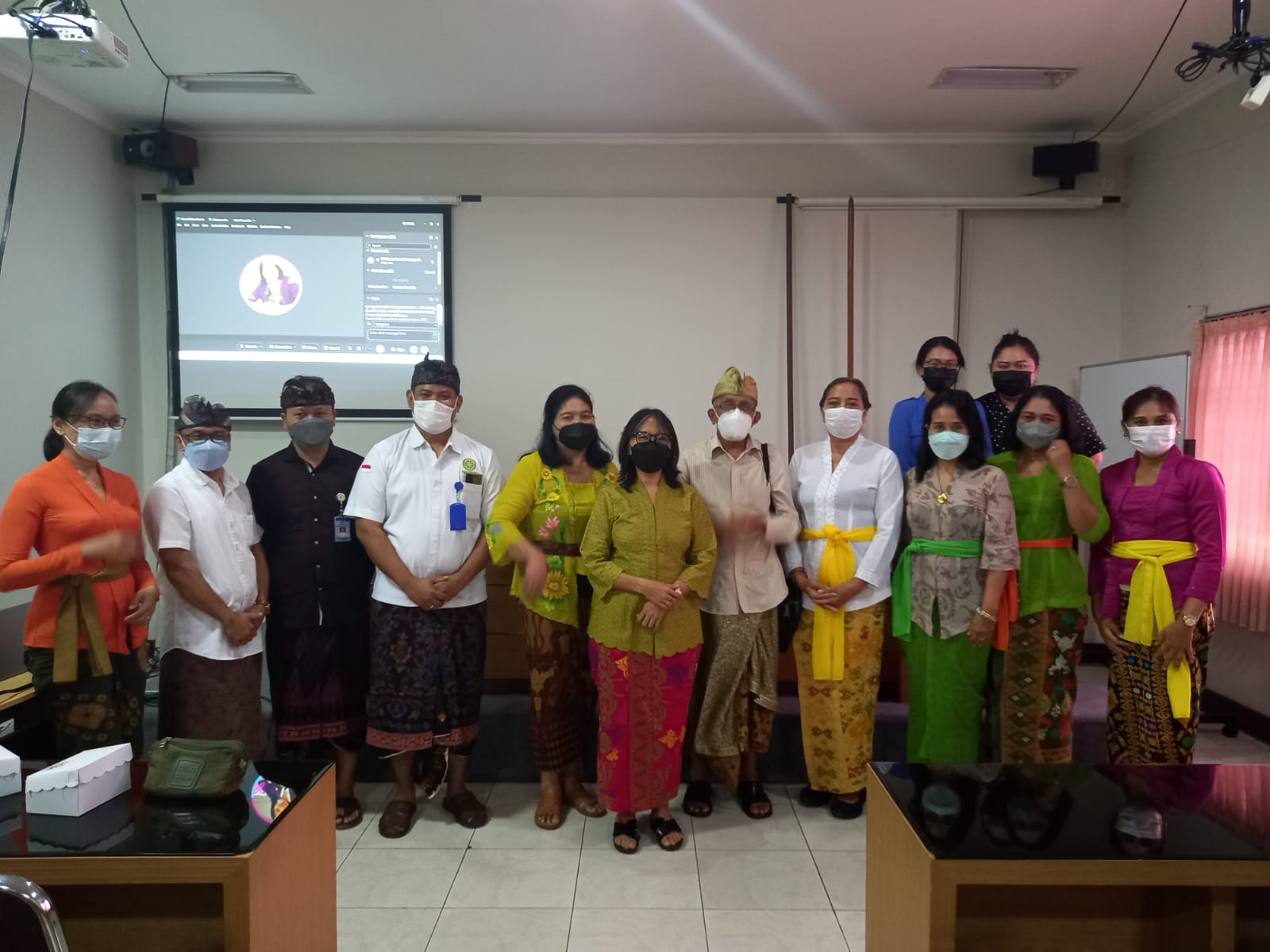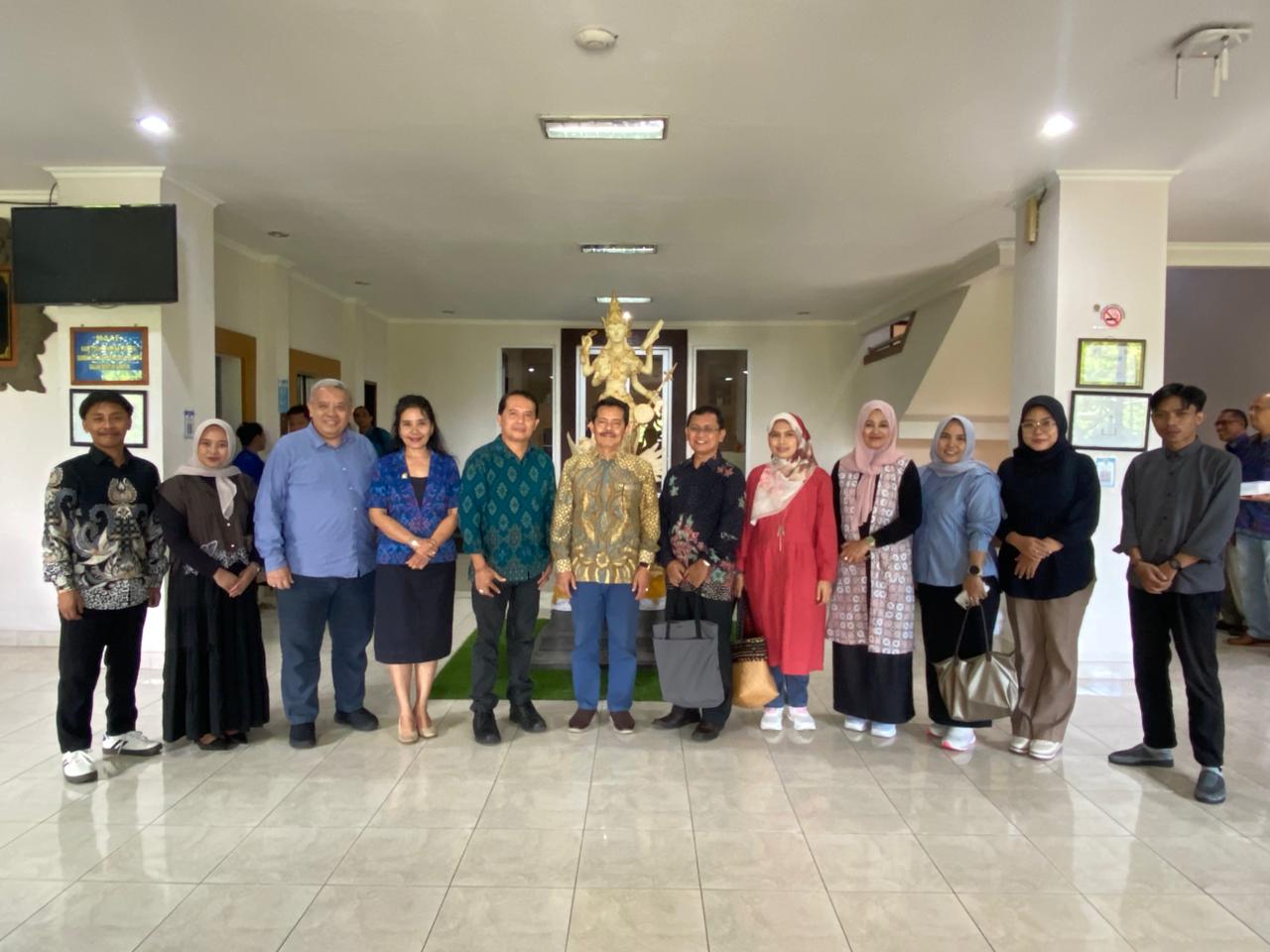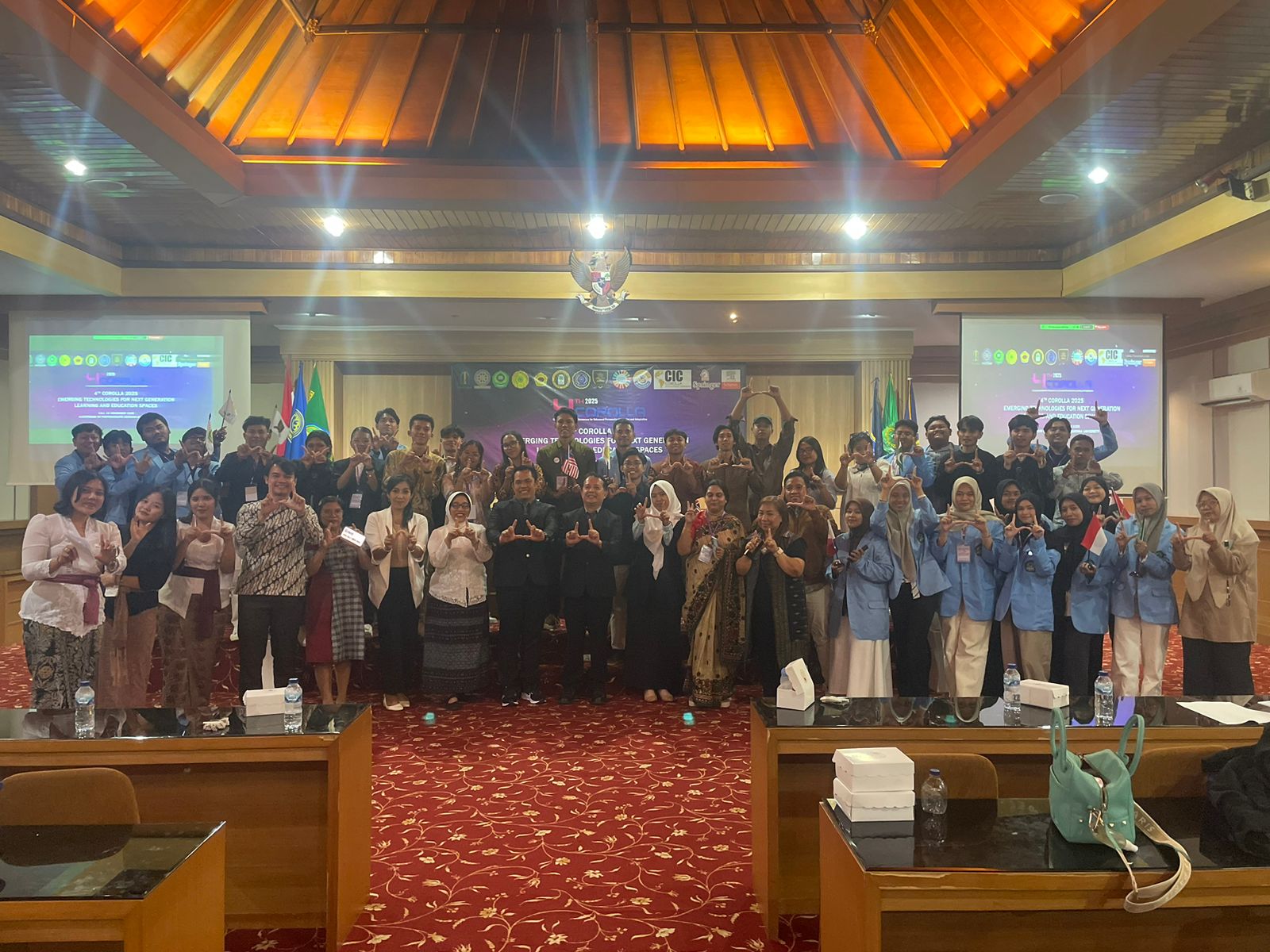Registration Procedures and Examples of IPR for Academic Products
To increase the knowledge and interest of lecturers in IPR, the Postgraduate of Udayana University held an IPR Workshop "Registration Procedures and Examples of IPR for Academic Products". The speakers at this event were Prof. Dr. Ni Ketut Supasti Dharmawan, SH., M. Hum., LLM and Dr. Pande Gde Sasmita Julyantoro, S.Si., M.Sc. The event which took place in a hybrid manner on April 28, 2022. This activity is intended for all Udayana University lecturers and students who have written books, made programs or designs that can be submitted to obtain HKI as well as Udayana University lecturers who are currently accessing external grants that require the output in the form of IPR.
The event was opened by the Director of Postgraduate Prof. Ir. Linawati, M.Eng.Sc.,Ph.D. In his speech, he said that the aim of this workshop was for lecturers to gain further insight into IPR (Intellectual Property Rights) so that it is hoped that the works of lecturers can also be patented.
As a presenter, Prof. Dr. Ni Ketut Supasti Dharmawan, SH., M. Hum., LLM said that intellectual property rights are rights that arise on intellectual property produced by human thought that produce a product or process that is useful for humans. He further explained that patent-worthy inventions/findings must be new, contain inventive steps and can be applied in the industrial sector. IPR is divided into two, namely Copyright & Related Rights and Industrial Property Rights. Copyright can be in the form of written works, journals, songs, plays and computer software. Meanwhile, Industrial Property Rights are divided into five, including trade secrets, industrial designs, integrated circuit layout designs, trademarks and patents. For example, Industrial Property Rights in the electronics sector in the form of electronic circuit designs or brand rights regarding the logo of a company.
Dr. Pande Gde Sasmita Julyantoro, S.Si., M.Si explained that IPR is declarative or copyright does not require the submission of an application and the birth of exclusive rights since it was announced by the creator/holder/owner) and constitutive or industrial property rights (requires the applicant's submission and the birth of rights). exclusive from the date of receipt. A technology, if it has been published, the patent is lost. It is best to register a patent at the same time as publication. After publication, it takes 6 months to register a patent. A patent is territorial, so if it is not registered with the Director General of Intellectual Property Rights, it means that it has not patented, it can be checked http://www.dgip.go.id/
At the time of granting a patent, it is done by cross-checking with patent databases around the world. Furthermore, the speaker explained about the patent. The requirement for granting a patent is to be novel, inventive, and industrially applicable. In addition, a patent has a maintenance fee which, if not paid, will be subject to a fine/debt by the state. The grace period of the patent is 3 years and if in the fourth year it is not paid, then the applicant is considered dead and is billed by the state. Copyright protection period is lifetime + 50 years. Strategies for obtaining patents: producing an invention, knowing the invention, having patentability, writing the invention according to the format/standard of the patent document and carrying out patent procedures.


.jpg)

UDAYANA UNIVERSITY